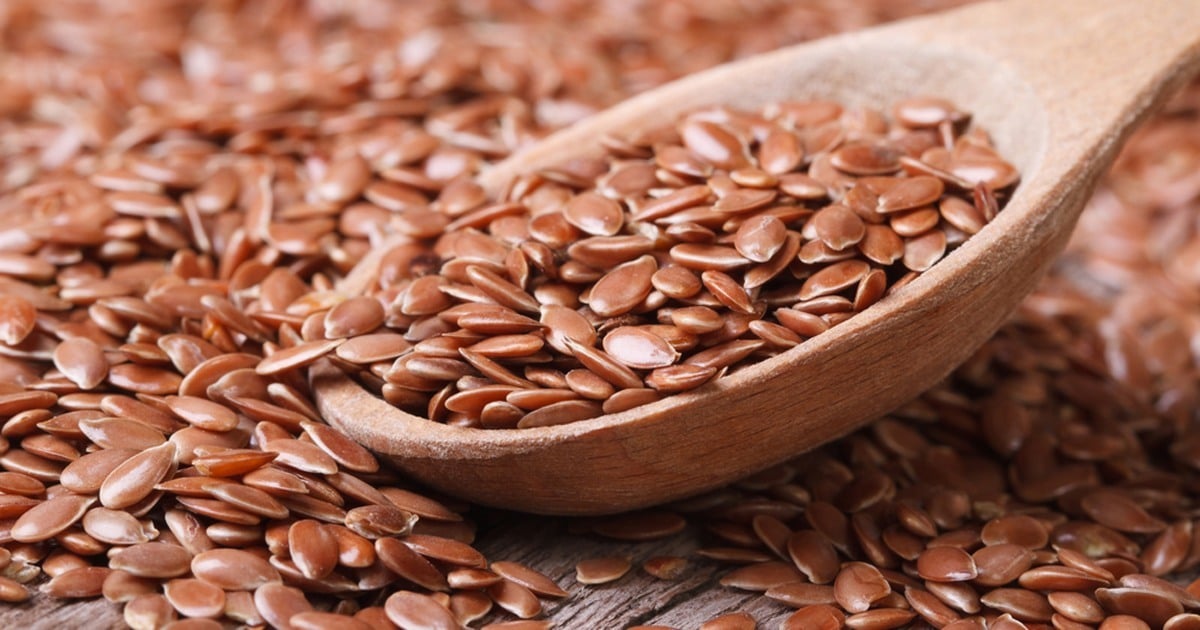Dietary fiber(DF) or roughage is the edible part of the plant or analogous carbohydrates that is resistant to digestion and absorption in the human small intestine with complete or partial fermentation in the large intestine(American Association of Cereal Chemists, 2000).
Spelling of fibre may vary some call it fiber and some fiber. We are using both in this article.
Dietary fibres may be polysaccharides, oligosaccharides, lignin or associated plant substances which canbe broadly classified into to categories:
Types of Fibres
- Water Soluble fibres/ well-fermented fibre
Three types of water soluble fibres are: Pectins, gums and mucilages. They become gummy in water and are easily soluble. So, the characteristic of a soluble fibre is that it is gummy in consistency and is primarily found in the pulp of fruits, legumes, greens, etc.- Pectin: It is the components of the primary cell wall which is generally water soluble and gel-forming.
Source of Pectin: Fruits, vegetables, legumes, sugar beet, potato. - Gums: It is secreted at the site of plant injury by specialized secretory cells.
Source of Gums: Leguminous seed plants (guar, locust bean), seaweed extracts (carrageenan, alginates), microbial gums (xanthan, gellan). - Mucilages: It is synthesized by the plants and prevents desiccation of seed endosperm.
Source of Muilages: Plant extracts (gum acacia, gum karaya, gum tragacanth)
Few more Sources of soluble fibre are:
- Oat
- Barley
- Beans
- Lentils
- Various other fruits and vegetables
Benefits of Soluble dietary fibre
(1) Lowers total and LDL cholesterol (bad cholesterol), therefore reduces the risk of heart diseases.(2) regulates blood sugar levels in diabetic patient - Pectin: It is the components of the primary cell wall which is generally water soluble and gel-forming.
- Water-insoluble/ less fermented fibres
Three types of Water insoluble fibres are Cellulose, hemicellulose and lignin.- Cellulose: Main structural component of the plant cell wall.
Source of Cellulose: Plants (vegetables, sugar beet, various brands) - Hemicellulose: Cell wall polysaccharides
Source of Hemicellulose: Cereal grains - Lignin: Non-carbohydrate cell wall component.
Source of Lignin: Woody plants
Sources of Insoluble fibre are:
- Dark leafy greens
- Whole-wheat foods
- Seeds
- Nuts
- Legumes (dried beans, peas, lentils)
- Many other fruits and vegetables
Benefits of Insoluble dietary fibre
(1) Promotes regular bowel movement and prevents constipation
(2) Removes toxic waste from the body
(3) Prevents microbes from stagnating and producing cancerous substances. - Cellulose: Main structural component of the plant cell wall.
Characteristic of a Diet Rich in Fibre
- Lower in energy density,
- Lower fat content
- Larger in volume
- Richer in micronutrients
Why should we add Fibre to our Diet?
- For Gut Health
– Most fibre containing foods include approximately one-third soluble and two-thirds insoluble fibre. As human intestine lack enzymes to digest fibrous content of food, they undergo fermentation. Soluble fibres expand upon water absorption, bypass the digestion of the small intestine and are easily fermented by the microflora of the large intestine.Soluble fibre seems to delay the digestion and absorption of nutrients and alters the action of digestive enzymes and hormones.Insoluble fibre in the diet, are either incompletely or slowly fermented in the large intestine, decrease the time of intestinal transit and provide bulk to faeces and increase the softness of the food mass in the intestine and improve intestinal disorders and making faeces evacuation easier.Lignin is not fermented at all by the gut microbiota, while 30 to 50% of the cellulose is fermented, 50 to 80% of hemicelluloses.The fermentation of fibres by the colonic bacteria results in the formation of Short chain fatty acids, mainly Acetate, Propionate and Butyrate, which are absorbed in the colon.- Acetate serves as an energy source for muscle tissue
- Propionate may inhibit cholesterol synthesis and provide a substrate for gluconeogenesis in the liver.
- Butyrate serves as an energy source for colonocytes, offer protection against colon cancer, and beneficial for patients with inflammatory bowel diseases.
- SCFAs production reduces the pH in the gut, enhancing the uptake of minerals such as Calcium and Magnesium. Also, Acidity creates an unfavourable environment for pH-sensitive pathogens.
- Soluble fibre can function as a prebiotic, stimulating the growth and activation of specific commensal bacteria (such as bifidobacteria and lactobacilli)
- Obesity Control
Fibre-rich food is usually satisfying without being calorically dense. Soluble fibres still provide calories but insoluble fibre is not a source of calories. - Diabetes control
Dietary fibres control the release of glucose from food, they have glycemic index food substance. Soluble dietary fibre form viscous gels coming into the contact of water, can delay gastric emptying, improves glycemic control, decreases hyperinsulinemia and lowers plasma lipid concentrations in patients with type 2 diabetes.
Health Benefits of Dietary fibre by FDA
- Cancer Protection
If one decreases consumption of fats, and increases consumption of DA from fruit, vegetables and whole grain, it may reduce some type of cancer like: Colo-rectal, small intestine, oral, larynx and breast cancer.Increased consumption of fibre is defined as six or more one-ounce equivalents, with three ounces derived from whole grains. A one-ounce equivalent would be consistent with one slice of bread, ½ cup oatmeal or rice, or five to seven crackers. Benefits of doing so are:- Short-chain fatty acids formed as fermentation have anti-carcinogenic properties.
- DF increases faecal bulking and viscosity, thereby there is less contact time between potential carcinogens and mucosal cells.
- Fibres increase the binding between bile acids and carcinogens.
- Increased intake of dietary fibre yields increased levels of antioxidants.
- Fibres may increase the amount of estrogen excreted in the faeces due to an inhibition of estrogen absorption in the intestines.
- Decrease risk of Cardiovascular diseases
Diets low in saturated fat (<10% of calories) and cholesterol and high in fruits, vegetables and whole grain, have a decreased risk of leading to coronary heart disease (CHD).Every 10 g of additional fibre added to a diet the mortality risk of CHD decreased by 17–35 %. Risk factors for CHD include hypercholesterolemia, hypertension, obesity and type two diabetes. Foods such as oats and barley contain a type of fibre known as beta-glucan, which may help to reduce cholesterol levels if you consume 3g or more of it daily, as part of a healthy diet.- Soluble dietary fibres increase the rate of bile excretion, therefore, reducing serum total and LDL
cholesterol.
- Short chain fatty acid production, specifically propionate, inhibit cholesterol synthesis.
- Dietary fibre demonstrates the ability to regulate energy intake
thus enhancing weight loss or maintenance of healthier body weight.
- DF has been shown to decrease pro-inflammatory cytokines such as interleukin-18 which may have an effect on plaque stability.
- Increasing DF intake has been showing to decrease circulating levels of C-Reactive protein (CRP), a marker of inflammation and a predictor for CHD.
- Soluble dietary fibres increase the rate of bile excretion, therefore, reducing serum total and LDL
How to Increase fibre Intake?
– Dietary fibre is naturally present in cereals, vegetables, fruits and nuts. Increase there intake. The amount and composition of fibres differ from food to food.
– Use the Nutrition Facts Label as your tool for increasing consumption of dietary fibre. The goal is to get 100% of the Daily Value for dietary fibre on most days. The Daily Value for fibre is 25 g per day. This is based on a 2,000 calorie diet — your Daily Value may be higher or lower depending on your calorie needs.
– When you go to the market to buy food for yourself, always think for the healthier version of your food choice. You can quit white bread, made up of refined flour and buy whole wheat bread. Similarly, you can add whole wheat pasta, bulgur wheat or brown rice to your diet regime. Use whole-wheat flour when possible in your cooking and baking.
– Accommodate your increased intake of dietary fibre in your diet at regular intervals, spaced throughout the day meals and snacks. Increase DF gradually, abruptly increasing fibre content in your diet can cause excess gas formation or diarrhoea.
– Increase your water intake in proportion with an increase in water-insoluble fibres.
Below is a list of food items for fibre
- Cereals and grain
Include a variety of fibre types to get maximum benefits, choose foods with a higher % DV of dietary fibre. 5% DV or less of dietary fibre per serving is low. Choose cereals with at least 5 grams of fibre per serving. 20% DV or more of dietary fibre per serving is high.As a general rule, including at least one serving of whole grain in every meal. Keep a jar of oat bran or wheat germ handy. Sprinkle over salad, soup, breakfast cereals and yoghurt.The shift from refined to whole grain. Whole grains are very good source of DF. Some examples of whole grain ingredients are barley, brown rice, buckwheat, bulgur, millet, oatmeal, quinoa, rolled oats, whole grain corn, whole grain sorghum, whole oats, whole rye, and whole wheat.Whole grains include the entire grain seed (usually called the “kernel”), which consists of the bran, germ, and endosperm — nothing has been added or taken away by processing. Whole grains contain dietary fibre and other carbohydrates, protein, vitamins, minerals, and beneficial fats.- Refined grains have been processed (also called milled) to remove the bran and germ from the grain. This is done to give the grains a finer texture, lighter colour, and longer shelf life.
- Choose a high fibre breakfast cereal e.g. wholegrain cereal like wholewheat biscuit cereal, no added sugar muesli, bran flakes or porridge. You can add some fresh fruit, dried fruit, seeds and/or nuts to increase taste, natural sweeteners and increasing your dose of DF.
- Include plenty of vegetables with meals – either as a side dish/salad or added to sauces, stews or curries.
- Limit refined grains and products made with refined grains (such as cakes, chips, cookies, and crackers). Not only poor in fibre, but processing also removes iron, B vitamins, and other nutrients. These food are generally high in added sugars, saturated fat, and/or sodium and are common sources of excess calories.
- Eat whole fruits instead of drinking juices. Juices don’t have fibre and generally laden with excessive sugars.
- Fruits and Vegetables
- Eat at least five servings of fruits and vegetables each day. Fresh fruit is slightly higher in fibre than canned. Eat the peel whenever possible.
- Choose fruit (fresh, frozen, dried, or canned in 100% fruit juice) as snacks, salads, or desserts.
- Add sliced banana, peach or other fruit to your cereal.
- Grate carrots on salads
- Keep raw, well washed, cut-up vegetables handy for quick snacks— choose colourful dark green, orange, and red vegetables, such as broccoli florets, carrots, and red peppers.
- Legume and beans
Add beans lentils, or peas to salads, soups, and side dishes — or serve them as a main dish - Nuts, seeds and dry food
Add chopped dried fruits to your food. Dried fruits have a higher amount of fibre than the fresh versions. Try unsalted nuts and seeds in place of some meats and poultry.




